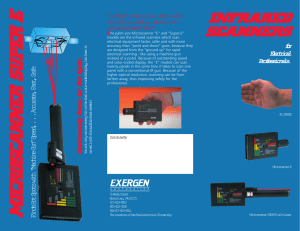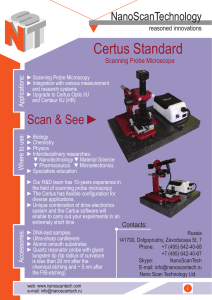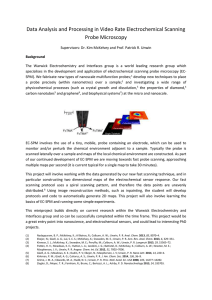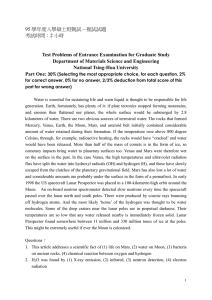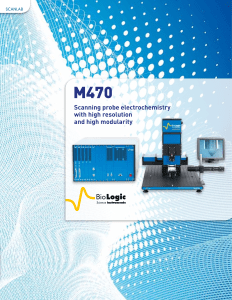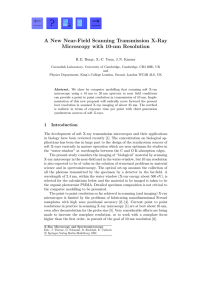Shoulder Ultrasound-Reflection
advertisement
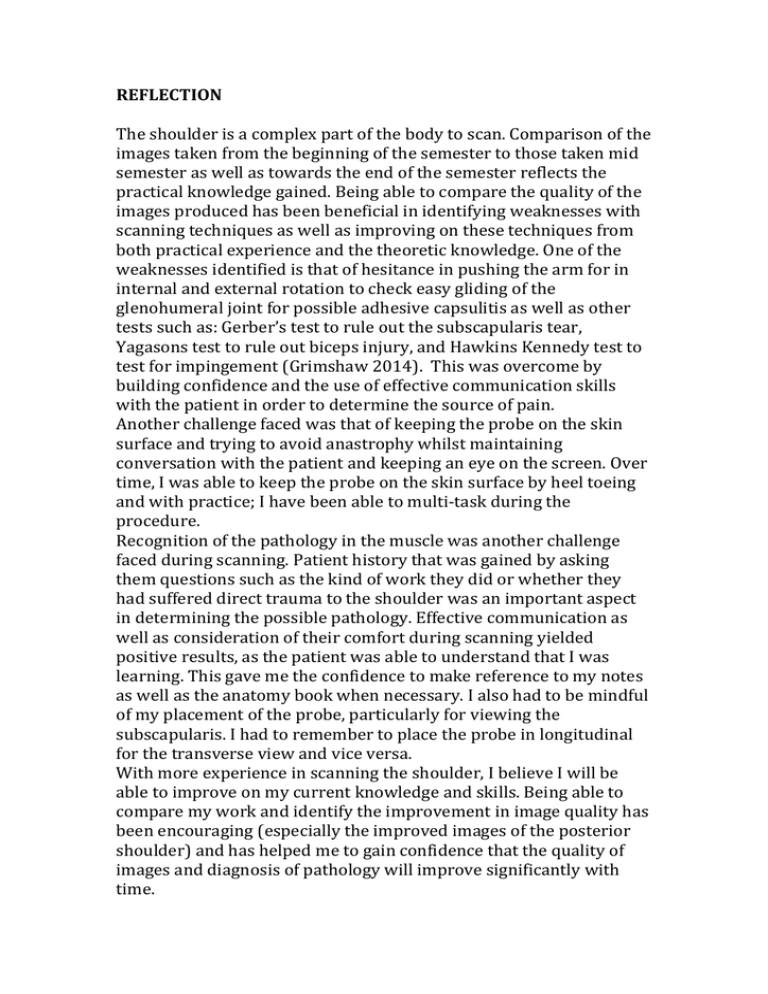
REFLECTION The shoulder is a complex part of the body to scan. Comparison of the images taken from the beginning of the semester to those taken mid semester as well as towards the end of the semester reflects the practical knowledge gained. Being able to compare the quality of the images produced has been beneficial in identifying weaknesses with scanning techniques as well as improving on these techniques from both practical experience and the theoretic knowledge. One of the weaknesses identified is that of hesitance in pushing the arm for in internal and external rotation to check easy gliding of the glenohumeral joint for possible adhesive capsulitis as well as other tests such as: Gerber’s test to rule out the subscapularis tear, Yagasons test to rule out biceps injury, and Hawkins Kennedy test to test for impingement (Grimshaw 2014). This was overcome by building confidence and the use of effective communication skills with the patient in order to determine the source of pain. Another challenge faced was that of keeping the probe on the skin surface and trying to avoid anastrophy whilst maintaining conversation with the patient and keeping an eye on the screen. Over time, I was able to keep the probe on the skin surface by heel toeing and with practice; I have been able to multi-task during the procedure. Recognition of the pathology in the muscle was another challenge faced during scanning. Patient history that was gained by asking them questions such as the kind of work they did or whether they had suffered direct trauma to the shoulder was an important aspect in determining the possible pathology. Effective communication as well as consideration of their comfort during scanning yielded positive results, as the patient was able to understand that I was learning. This gave me the confidence to make reference to my notes as well as the anatomy book when necessary. I also had to be mindful of my placement of the probe, particularly for viewing the subscapularis. I had to remember to place the probe in longitudinal for the transverse view and vice versa. With more experience in scanning the shoulder, I believe I will be able to improve on my current knowledge and skills. Being able to compare my work and identify the improvement in image quality has been encouraging (especially the improved images of the posterior shoulder) and has helped me to gain confidence that the quality of images and diagnosis of pathology will improve significantly with time.






